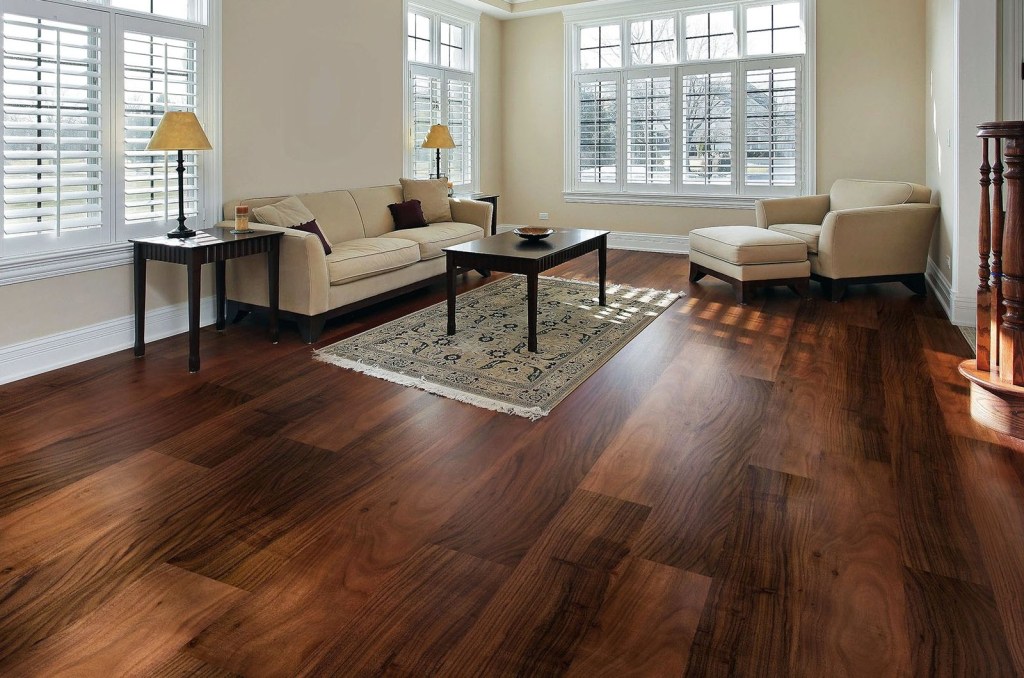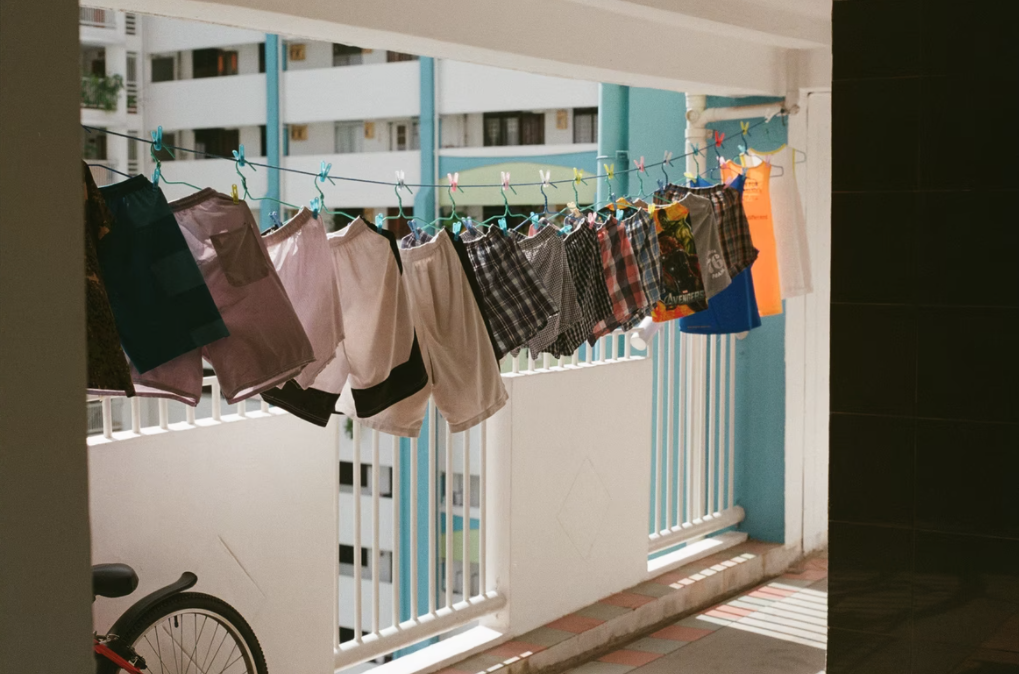Impact of Termite Infestation on a Property’s Hardwood Floor

Termites feed on wood, and the damage is often visible in wooden doors, hardwood floors, wood-constructed walls, and other areas where wood is common.

When pests find food in your wooden flooring, the most common point of attack is the structures supporting the floor instead of the stuff you wall on daily. After all, the softwood of subfloors and floor joists is more appealing to termites than tile or the backings of laminate floors. If you suspect your home’s hardwood floor is under attack by termites, get in touch with a reliable pest control expert to inspect the property and advise you accordingly.
Common Signs of Termite Damage on Hardwood Floors
Repairing termite damage to hardwood floors is a complex process. These bugs rarely limit their damage to the superficial section of a floor. Therefore, it’s in your best interest to know the earliest signs of termite infestation in your floors and get the issue addressed in time. Some of these signs include;
- Hollow sound – Often, termites begin eating wooden floors from below without causing visible damage.
- Wood that’s easy to penetrate – termite infestation makes wooden floors a little bit spongy and easy to penetrate with a sharp object.
- Buckling or raised areas of the wooden floor.
- Loose boards.
- Patterns associated with tunneling within the wood.
- Damaged baseboards.
If you suspect your hardwood floor is infested with termites, contact an extermination expert. Termites can hide in areas that are difficult to reach, and that means the termite infestation and related damage could be more widespread than you think.
Financial Impact
Termite damage on hardwood floors and other wooden structures can be very alarming. Research shows that some of the subterranean termites can eat up to 15 pounds of wood weekly. Unprotected hardwood floors and other structures are prone to damage associated with termites. The National Pest Management warns that termites cause about $5 billion in property damage annually. And these damages aren’t covered property owner’s insurance policy. Damaged wooden floors will need to be replaced, and you also need to pay an expert in termite extermination. These bugs are hard to control, and that means the pest exterminator may need to handle subsequent termite treatment. These services are often tied to costly expertise.
Prevent Termite Damage
Early detection is key to protecting your property from termite damage. These bugs get attracted to areas of a house where the wood is moist, wet or damp. They use the soft material to create their nests and breed inside your wooden walls and hardwood floors. If not detected and exterminated in time, these little devils can inflict damage to the floor, wooden beams, ceiling, baseboards, carpets, walls, drywall, and other parts of your home. In worst cases, termites can compromise the structural integrity of your home. To minimize or prevent such extensive damage, consider hiring an experienced pest control expert.







Leave a Comment